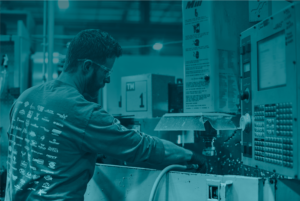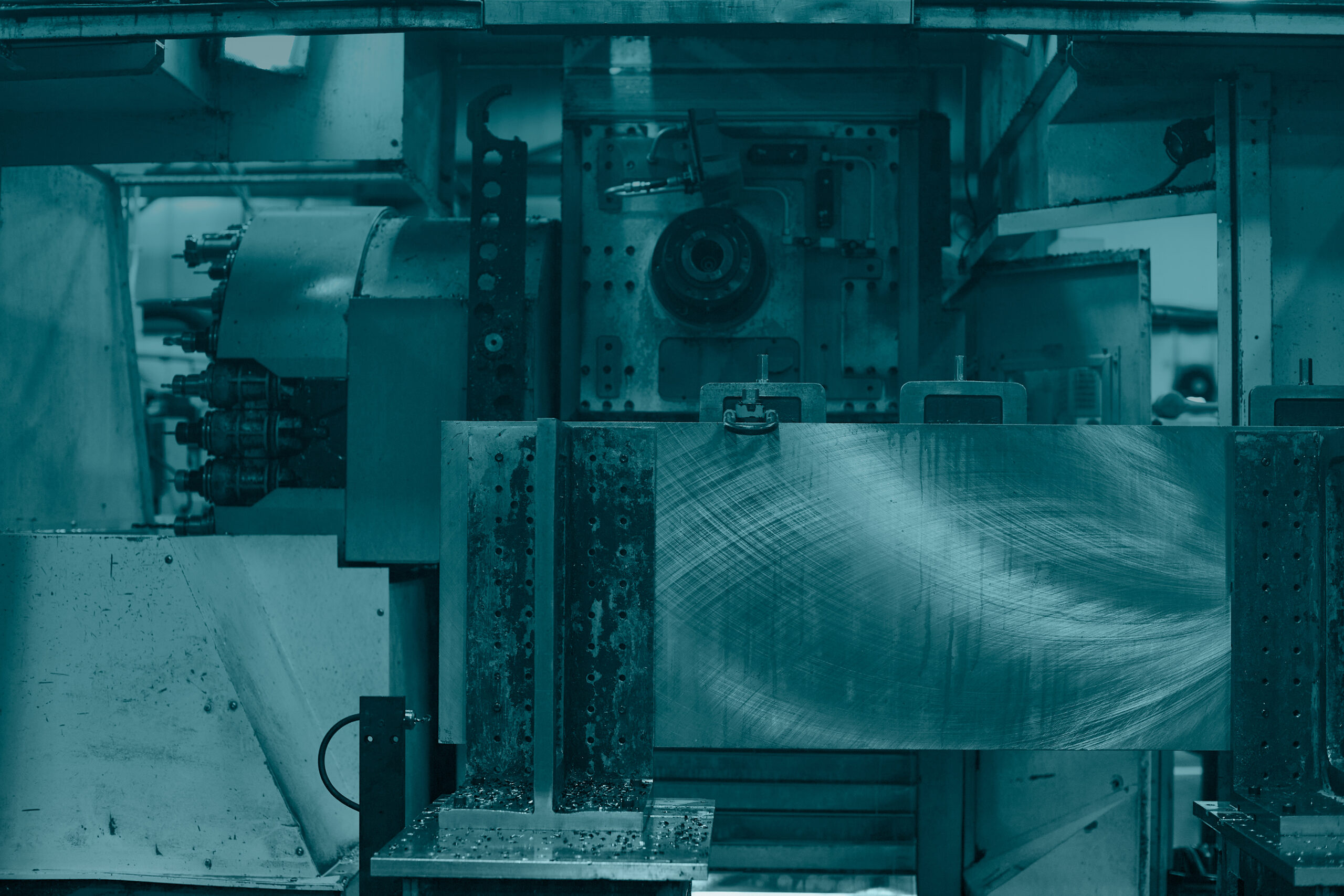How to Boost Material Handling Safety in Your Corrugated Packaging Facility

If you do business in the box manufacturing world, you know that safety in warehouses and other facilities is critical — not only for the health of your employees, but for increased productivity, efficiency, and morale. And it doesn’t matter whether you’re dealing with small hand operated machinery or extensive material conveyor systems featuring robotic automation, safety is still a key element to lower risk and optimize processes.
To increase your facility’s focus on safety, use a common sense approach. First, you’ll want to encourage senior level management to create and deploy a comprehensive health and safety strategy that gives your staff detailed guidance on material handling. For best results, consider implementing a material handling training program that can be used in onboarding new employees and updating current staff on any program changes. While every facility is unique, we’ve compiled some information that will assist you in developing a robust safety program to help reduce injury risks at your business.
What a Strong Material Handling Safety Program Looks Like
Of course, every material handling safety program will vary depending on the type of facility you are operating and what type of corrugated manufacturing equipment you have, whether manual, automated, or semi-automated. However, besides addressing specific needs, be sure to craft a policy that includes OSHA guidelines for workplace safety. Some basic hazards to address with staff include:
· Damaged racking and storage
· Exceeding load limits on lifting devices
· Handling materials while on a lift or ladder
· Improperly stored materials
· Not using securing devices on materials
· Repetitive heavy manual lifting
· Lifting devices that are not properly maintained
When crafting your safety policy, consider custom-tailored guidelines for each type of material handled and/or each area of your production line.
Safety Training
All new employees should receive appropriate training that targets awareness and policies. If an employee lifts, loads, carries, or transports materials, they should receive training while onboarding and again at regular intervals as a refresher or to address changes in policies.
Regular trainings will boost awareness of workplace hazards and equip employees with useful protocols in the event of an emergency or accident.
Preventing Injuries in the Workplace
Aside from training of both management and on-floor staff, there are three other ways you can reduce the potential for injuries.
Supply Personal Protective Gear
Personal protective gear (PPG) is critical to help avoid workplace injuries. Each industry varies in which gear is necessary, but any protective items should be made readily available to all employees who need them. You may consider protective eyewear, ear protection, and even face masks, depending on the situation. Make sure you perform due diligence when researching what equipment is necessary for your team.
Staff Adequately
Having the right number of personnel on a machine or a project is critical to reducing workplace injury. When departments are understaffed, employees may feel the need to rush to meet deadlines, which can skyrocket the potential for accidents. Also be sure that employees are scheduled with enough downtime between shifts. Recognize that rotational, irregular, or night shifts can increase the risk of injury, so try to reduce the number of these shifts necessary and be sure to give employees moving from one shift to another enough time to adjust.
Stress Accountability
Open lines of communication between employees and managers and make sure all are aware of policies and protocols. Outlining expectations up front leads to better communication and collaboration and assists employees in being able to hold one another accountable when it comes to safety. Set up specific protocols to follow when there is an accident and encourage reporting of unsafe conditions.
Inspire Automation — One More Way to Make Your Workplace Safer
One important way to reduce workplace injury is to ensure that your corrugated manufacturing equipment is working properly and is maintained according to manufacturer standards. At Inspire Automation, we offer a range of support services for our corrugators and other products that can ensure your equipment is functioning well — and safely.
Not only can our material handling automation equipment streamline your processes, but we can provide routine maintenance and service that ensures maximized uptime. Our remote technical support is available after hours to ensure full coverage for troubleshooting and repairs that will not only promote team safety, but also increase your overall efficiency. Contact us today to learn more about our value-added products and services for all your corrugated packaging facility needs.
More from the Blog

Importance of Having Robust Software in the Automation Industry
Discover how robust software solutions like PLCs, HMI, DCS, and SCADA can enhance efficiency and productivity in industrial automation.
Read Full Article
Streamlining Material Handling in Non-Corrugated Facilities: Inspire Automation’s Tailored Solutions
Discover Inspire Automation's customized material handling solutions for non-corrugated industries. Improve efficiency and save costs with robotic and automation technologies.
Read Full Article